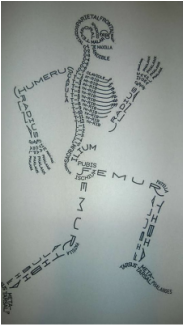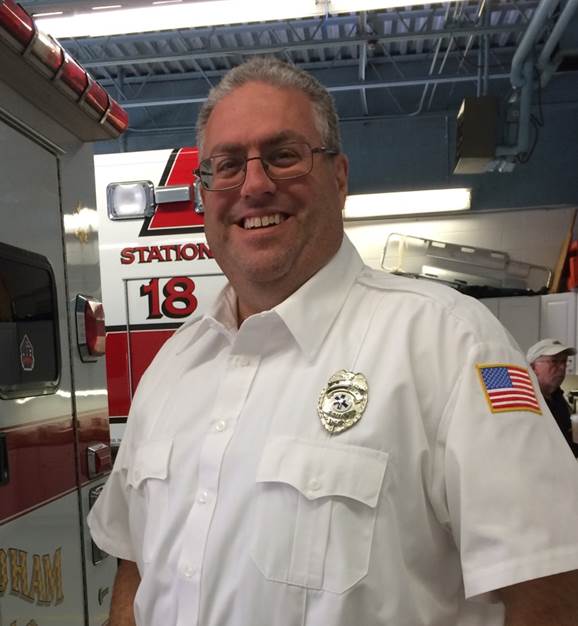The keys to providing effective care, however, requires us to understand human anatomy and how all the systems within our bodies both work and inter-relate. And while it is a major amount of stuff to learn, it's probably not much more than the average 8th grade health class or high school biology class. Understanding the human body systems starts, naturally enough, with the skeletal system, and the relationship with our musculoskeletal system in supporting our form and protecting our organs. From there, we move on to the circulatory system, including the heart (itself a specialized muscle, after all) and the blood vessels that form our arteries and veins.
As the primary function of the circulatory system is to move blood around the body in order to allow for exchange of Oxygen (O2) for Carbon Dioxide (CO2) at the cellular level through the capillaries that wind their way through and between the cells that compose all our organs, it's only natural to then speak to the respiratory system, which helps move O2 in to the body (and CO2 back out) via the structures of the nose, mouth, pharynx, trachea, bronchi, bronchioles, and lungs. The differences between inspiration, the movement of air in to and out of the lungs, versus respiration, the exchange of O2 for CO2 within the alveoli of the lungs, and the relationship of these both to the circulation of O2 to the body cells and organs, is a critical understanding, These are the so-called ABC's -- Airway, Breathing, Circulation -- that every EMT will assess and attempt interventions to manage immediate life threats caused by a failure of the body to manage any or all of these elements. Of course, making these systems (circulatory, respiratory, and even muscular elements like the diaphragm) work together requires a set of control structures. And coursework covers those as well, including the all important Central Nervous System (including the Brain and Spinal Cord), as well as the Autonomic Nervous System that keeps our bodies running without conscious effort. We also look at the endocrine system, and how certain chemicals our bodies manufacture, such as epinephrine (or adrenaline, as you might know it), can speed up (or slow down) how our systems operate. Of course, the body needs fuel to run all this machinery, which leads us to the digestive system components, and then to the (closely related) urinary system. We continue on to learn how our largest organ, the integumentary system (which you probably know as the skin), also relates back to the nervous and circulatory systems. And we finally close with a quick study of the reproductive systems for both sexes. Navigating the material, and understanding the cause-and-effect relationships these systems have on one another isn't necessarily easy, but it's not terribly difficult either. There's a lot of medical terminology to grasp, but I've found that when I can start to relate one topic or function to another, it become easier to manage. Later in the course, I expect that we'll be coming around to each of these systems again (perhaps several times). After all, in order to recognize life threats and provide appropriate responses (or interventions, as they're referred to), it's important to understand what body systems are critical or may be impacted by any specific trauma or condition. I just wish I had paid a bit more attention back in high school biology class.
0 Comments
Your comment will be posted after it is approved.
Leave a Reply. |
AuthorJon Alperin, one of our MFAS volunteers, shares his journey to becoming an NJ certified EMT. from the Start
Here is Jon's journey, presented in time order:
Archives
June 2016
Categories
All
|



 RSS Feed
RSS Feed
